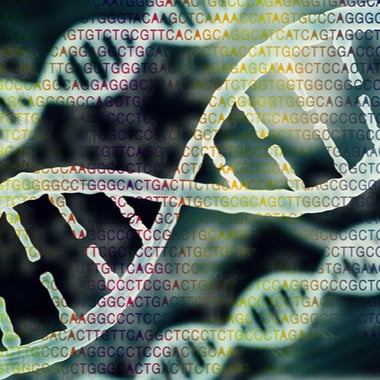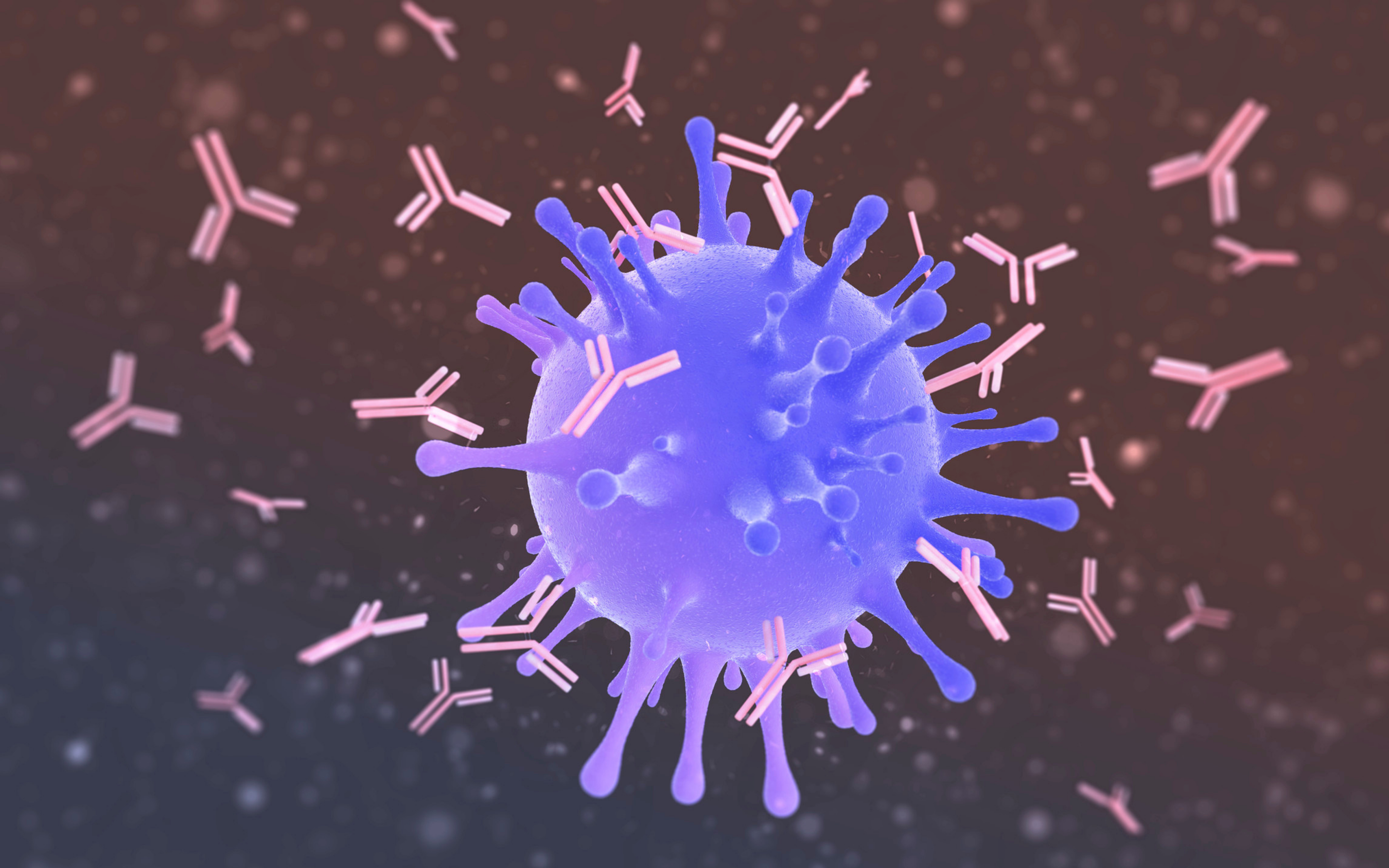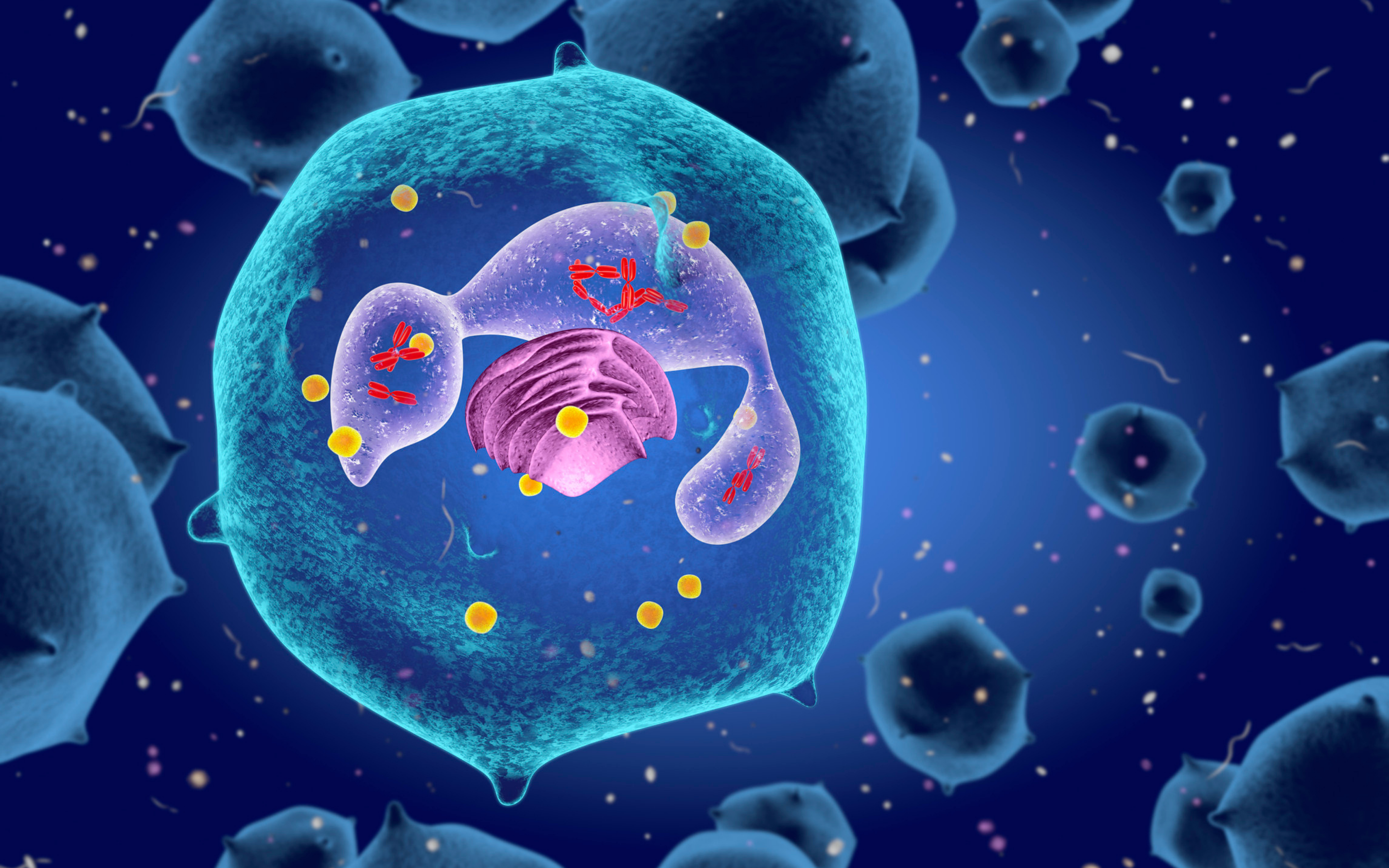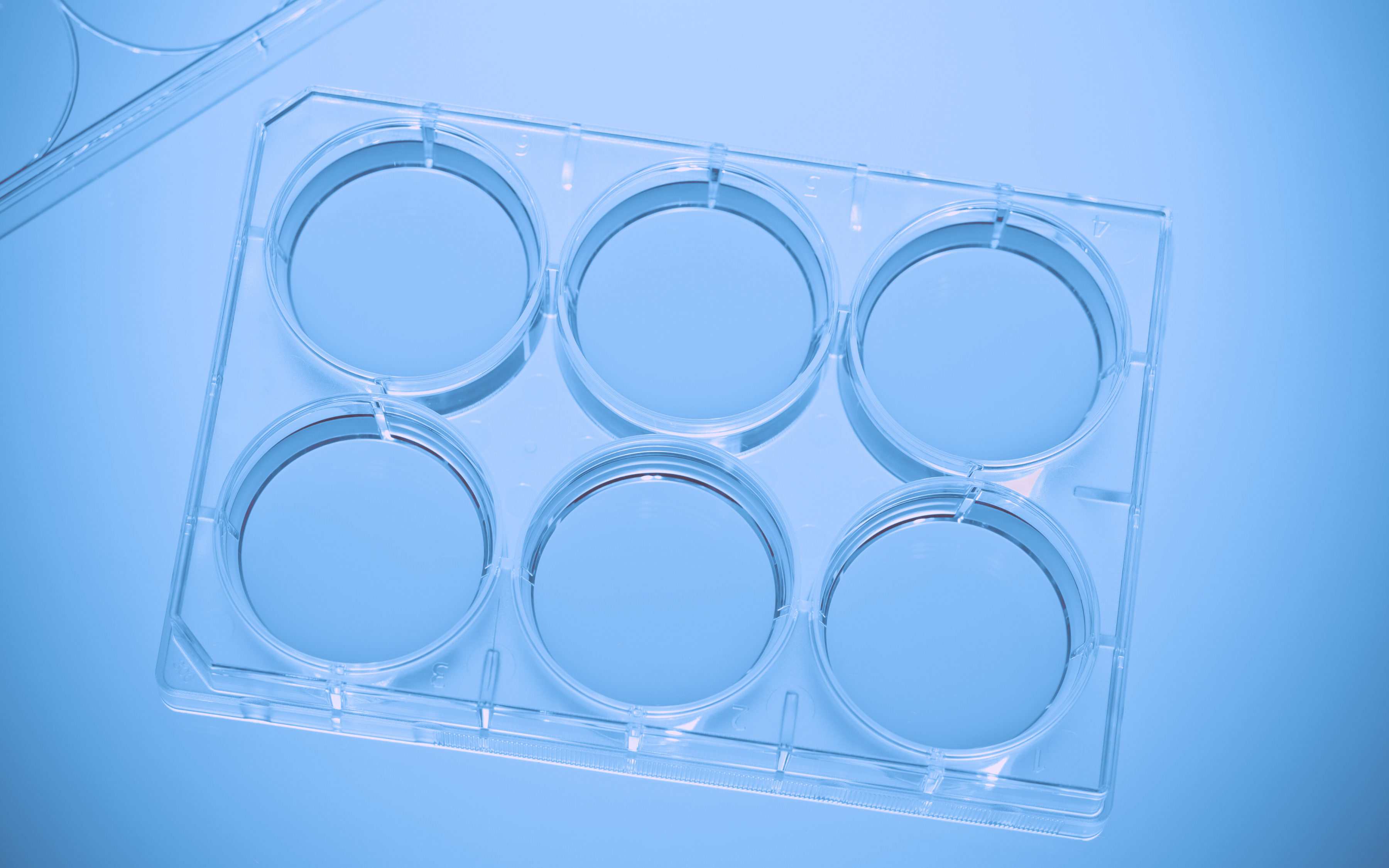Next-generation sequencing was introduced as commercial in 2005 and revolutionized the way we do science ever since. With this technology, we can determine the sequence of DNA or RNA and learn about biological phenomena in a way that wasn’t possible before. Yet, the process from start to end is long and consists of many steps, starting with samples collection, libraries preparation, sequencing and finally analysis.
In order to simplify the NGS working procedure, Labguru offers several solutions throughout the NGS protocol for maximizing efficiency, minimizing human errors, and maintaining data integrity.
Samples collection
Starting with samples collection, usually, several replicates are collected for each condition. Labguru enables the user to compare between different replicates using the dataset element. Collecting the data in a dataset makes it easier to compare between samples, find trends and outliers that may affect the downstream results.
The collected samples will then be used in DNA or RNA extraction. In Labguru, we offer the option to generate output stocks and derived collections, creating a direct connection between the samples in different steps throughout the procedure.
Data documentation
The protocol for library preparation can be easily implemented into Labguru, enabling a full track of your progress in each step. With Labguru’s plate element you can specify and document the conditions and treatments done in each of the wells for every single reaction. The plate element can also be exported as CSV and uploaded again into another experiment keeping the same conditions and layout.
Using the spreadsheet element in Labguru, you can easily perform calculations for the various samples, combining the documentation and analysis in one place by integrating the use of datasets.
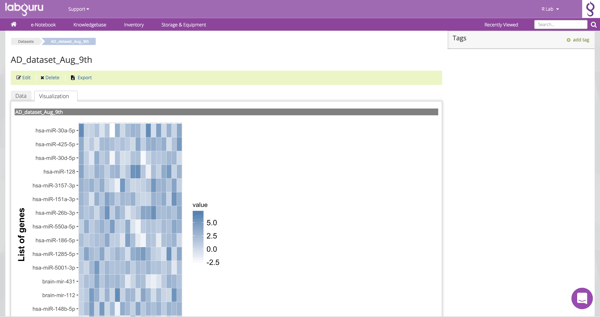
NGS dataset
Automated data pipelines
Furthermore, Labguru enables us to build complex and automated data pipelines. With WorkFlows in Labguru, you can automate some of the processes, which are routine and time consuming like data cleaning, organization, and analysis. Also, we offer several computational options such as adding python scripts as part of the WorkFlow, the option to use Labguru R for data analysis and use our API that allows communicating with your Labguru account in a programmatic way.
SOP
Finally, all of the procedures can be combined together under an SOP, ensuring all of the lab members are going through the same protocol pipeline, making it structured and constant for all users.
Teamwork
But regardless of the technical aspects of how Labguru plays an important role in the NGS protocol, Labguru also brings added value to the process. In Labguru, you can communicate through the ELN, posting inline comments, sending comments to your colleagues in the discussion section and creating tasks. Using an ELN to communicate with your group members enables you to keep your communication within a context and linked to the experiment, making it easy to follow up in the process of the data collection and analysis, and connect the researchers with bioinformaticians.
To schedule a demo and learn more about how you utilize Labguru for working with NGS – Contact us
Read more blog posts:
